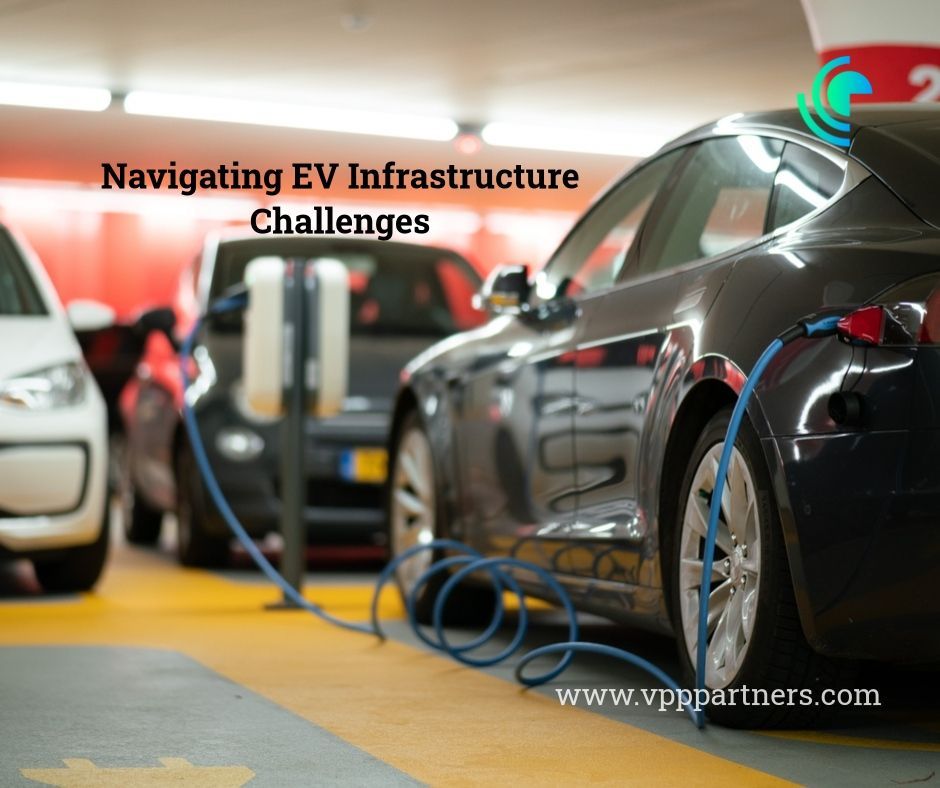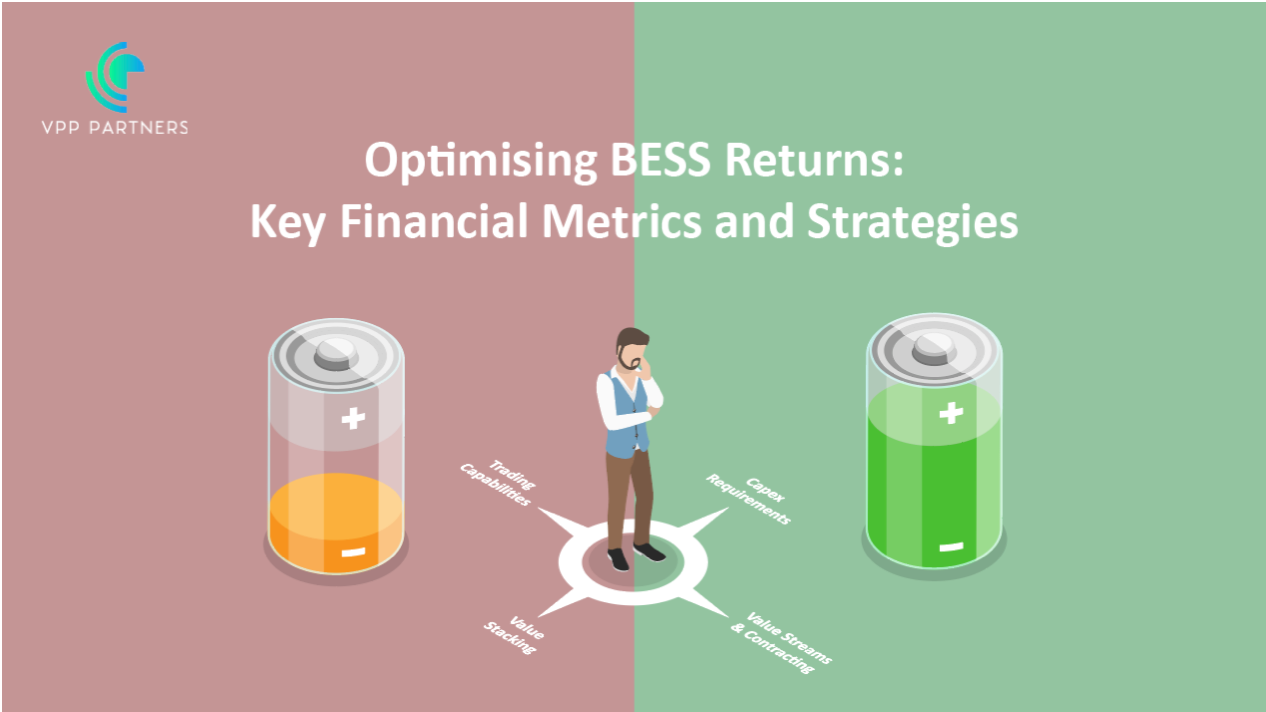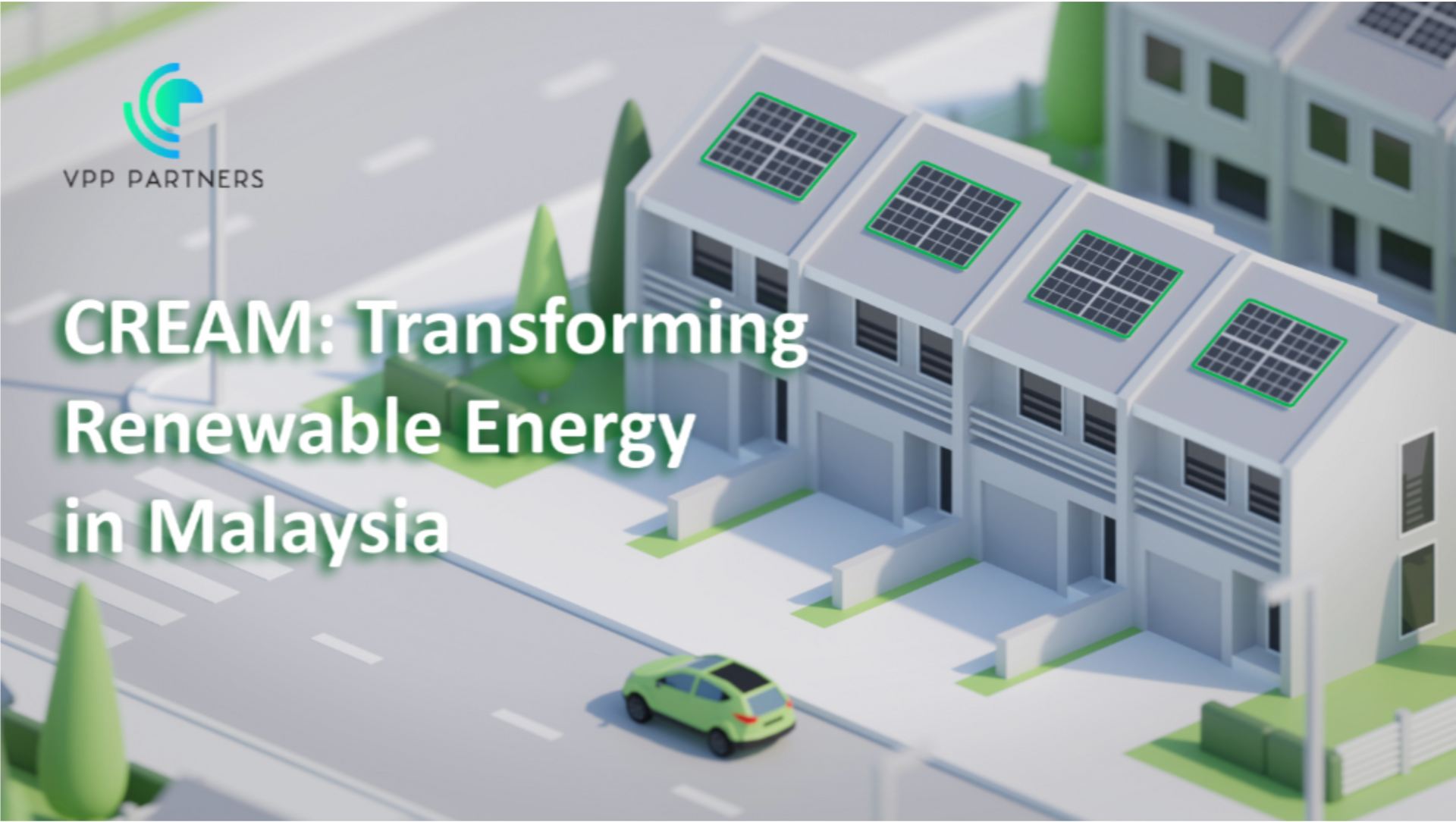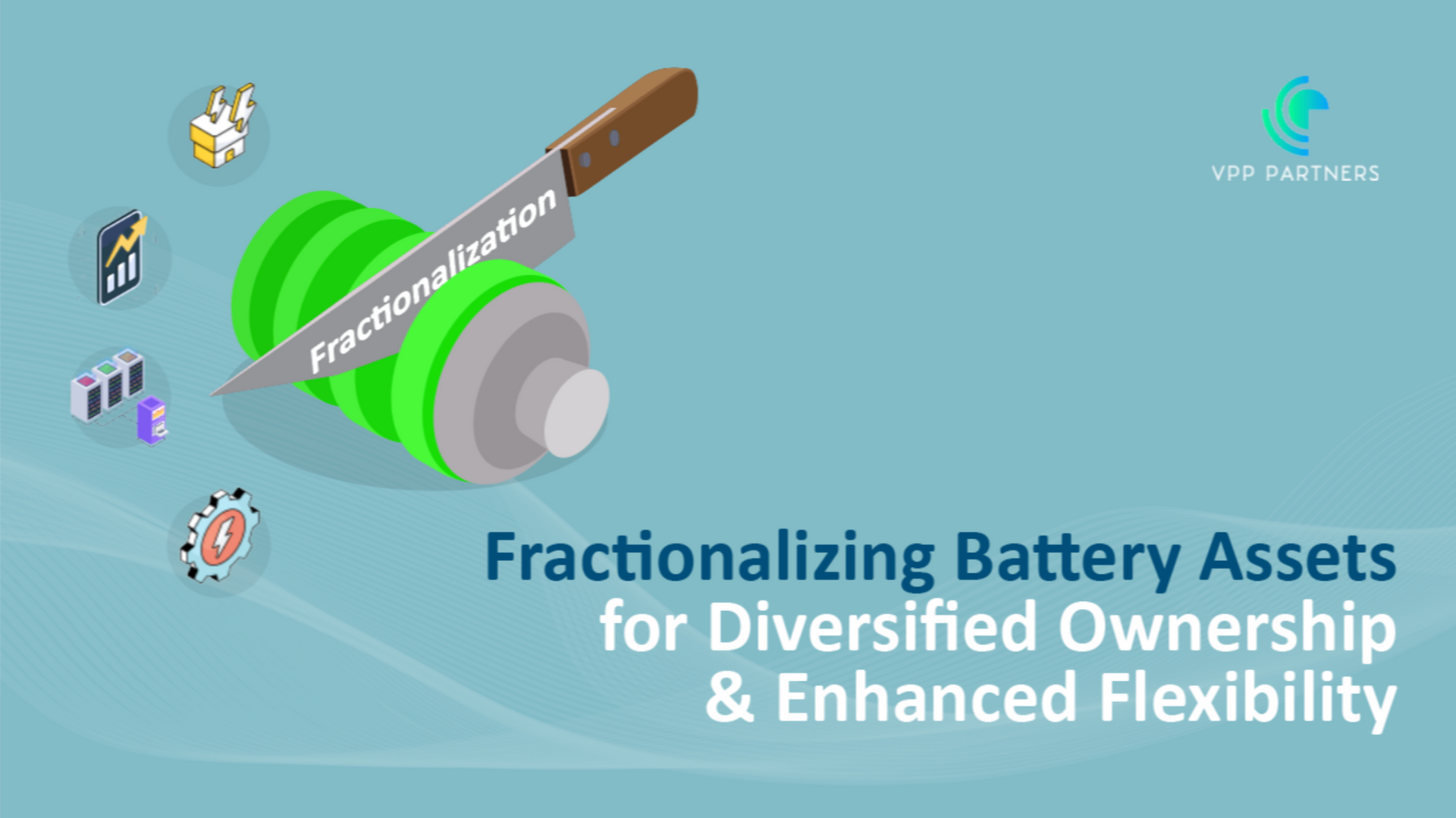Navigating EV Infrastructure Challenges
The road to electric mobility is an exciting journey, but it's essential to address a critical piece of the puzzle: Electric Vehicle (EV) infrastructure.

As the world embraces the transition to electric mobility, one of the most crucial aspects to address is the development of robust Electric Vehicle (EV) infrastructure. From urban centres to shopping centres and commercial facilities, the proliferation of EV charging stations has become inevitable. However, in our quest to achieve sustainable transportation, we must not overlook the importance of considering the existing capacity of electrical systems. Striking the right balance between expansion and efficiency is key to ensuring a seamless transition to a greener future.
The pressing challenge lies in finding the sweet spot where we can expand EV charging networks without burdening the existing electrical systems or overspending on unnecessary infrastructure. It is vital to recognize that installing charging stations without adequate planning can lead to power capacity limitations, potential blackouts, and compromised quality of supply for the facilities involved. So how do you approach this challenge?
A holistic approach is the cornerstone of resolving these challenges and driving a successful EV infrastructure deployment. A comprehensive strategy must consider several essential factors:
1. Understanding Current and Future Charging Needs:
A detailed analysis of current and projected EV adoption rates, charging patterns, and expected charging demands is paramount. Understanding these metrics will enable the design of charging infrastructure that is both scalable and sustainable over time.
2. Upgrading the Electrical Backbone:
Ensuring that the electrical backbone infrastructure can handle the increased load is critical. Collaborative efforts between governments, utility companies, and Distribution Network Service Providers (DNSPs) can identify areas where upgrades are required and prioritize investments accordingly.
3. Optimizing Energy Usage:
Energy efficiency plays a vital role in sustainable EV infrastructure development. Implementing energy-efficient technologies and solutions can help minimize energy wastage, especially during peak charging times. Smart charging systems, renewable energy integration, demand and load management coupled with energy storage solutions are essential components of optimizing energy usage. This can help avoid capacity limits from being exceeded while maintaining an optimal charging experience for EV users.
What Else Should I Consider Before Installing EV Infrastructure?
Once you have considered the site aspects of EV infrastructure, the next step is to determine your business model. Making the right choice in a business model is not only crucial for the successful deployment of charging stations but also for ensuring long-term sustainability and financial viability. Let's explore the various options available and the considerations that accompany each approach:
1. Owning and Operating the Assets:
Owning and operating the EV charging infrastructure can offer several advantages, such as retaining full control over the charging network and revenue generation. This model allows businesses to set pricing, control user experience, and tailor charging solutions to meet specific customer needs. Additionally, owning the assets gives businesses the opportunity to build their brand and position themselves as sustainability champions.
However, it is essential to bear in mind the upfront capital investment required for purchasing and installing charging stations. Moreover, ongoing maintenance and operational costs should also be factored into the equation. Despite these initial challenges, owning and operating the assets can prove to be a lucrative venture in the long run, especially as the demand for EV charging continues to rise.
2. Third-Party Provider with Lease or Profit Share Agreements:
Partnering with a third-party provider can be an attractive option for businesses that wish to avoid high initial capital expenses. In this model, a specialized EV infrastructure provider takes on the responsibility of purchasing, installing, and maintaining the charging stations. The facility owner, in turn, can enter into lease or profit share agreements with the provider, enabling them to benefit financially without bearing the upfront costs.
While this arrangement can ease the financial burden, businesses must carefully evaluate the terms of the agreement to ensure they receive a fair share of the revenue generated from the charging stations. It is crucial to find a reliable and reputable third-party provider to ensure a smooth and successful partnership.
3. Owning and Transferring Operations:
Some businesses may choose to own the charging infrastructure initially and later transfer operations to a third party. This approach allows facility owners to establish a charging network and build their brand presence before partnering with an experienced operator to handle day-to-day management and maintenance.
This model offers flexibility and the potential for smooth operations once the network is established. However, it is essential to establish clear expectations and responsibilities during the transition to ensure a seamless handover and continued high-quality service for EV users.
Considerations for Choosing the Right Business Model:
When deciding on the appropriate business model, businesses should consider the following key factors:
- Financial Viability: Conduct a comprehensive cost-benefit analysis to determine the most financially viable option for your organization. Assess both short-term and long-term financial implications, including upfront costs, ongoing expenses, and potential revenue streams.
- Expertise and Resources: Evaluate your organization's expertise and resources in managing EV charging infrastructure. Owning and operating the assets require technical knowledge and resources, while partnering with a third-party provider can alleviate these concerns.
- Long-Term Strategy: Align your chosen business model with your organization's long-term sustainability and growth objectives. Consider how the chosen model fits into your overall business strategy and contributes to your brand identity.
- Customer Experience: Prioritize providing an excellent customer experience. Regardless of the chosen business model, user-friendly charging solutions and reliable service are paramount to encourage EV adoption and foster customer loyalty.
By embracing a holistic approach that balances current needs with future projections, we can lay the foundation for a robust, reliable, and sustainable EV charging network. This approach will not only optimize investments but also ensure the uninterrupted supply of energy to vital facilities such as shopping centres, commercial complexes, and other public spaces that host EV charging stations.
As the world embraces electric mobility, your thoughtful and strategic approach to EV charging can position your business as a leader in the green revolution and contribute to a cleaner, greener, and more sustainable future for all. By carefully assessing the business model and choosing the option that aligns with your organization's goals, resources, and long-term vision, you can pave the way for a successful and sustainable EV infrastructure deployment. Together, let's drive positive change and power a sustainable future.The body content of your post goes here. To edit this text, click on it and delete this default text and start typing your own or paste your own from a different source.



